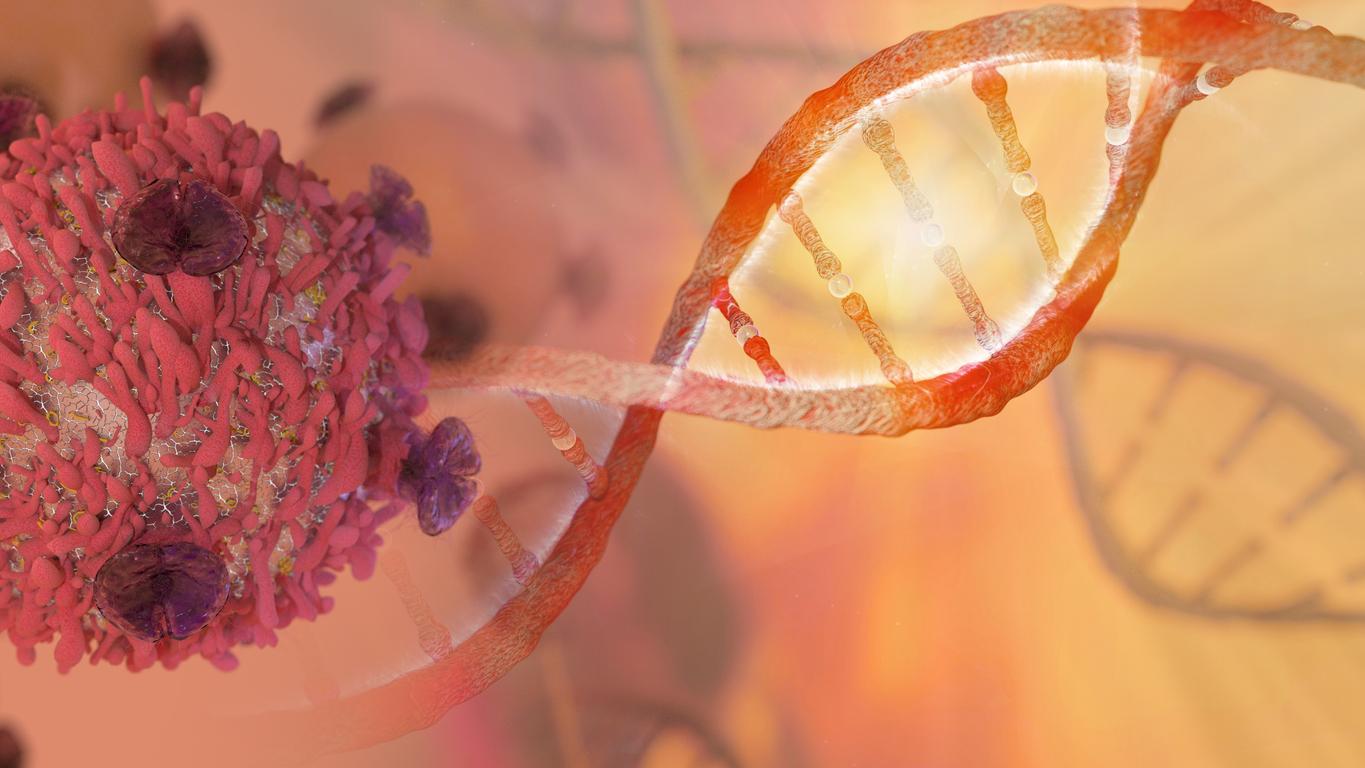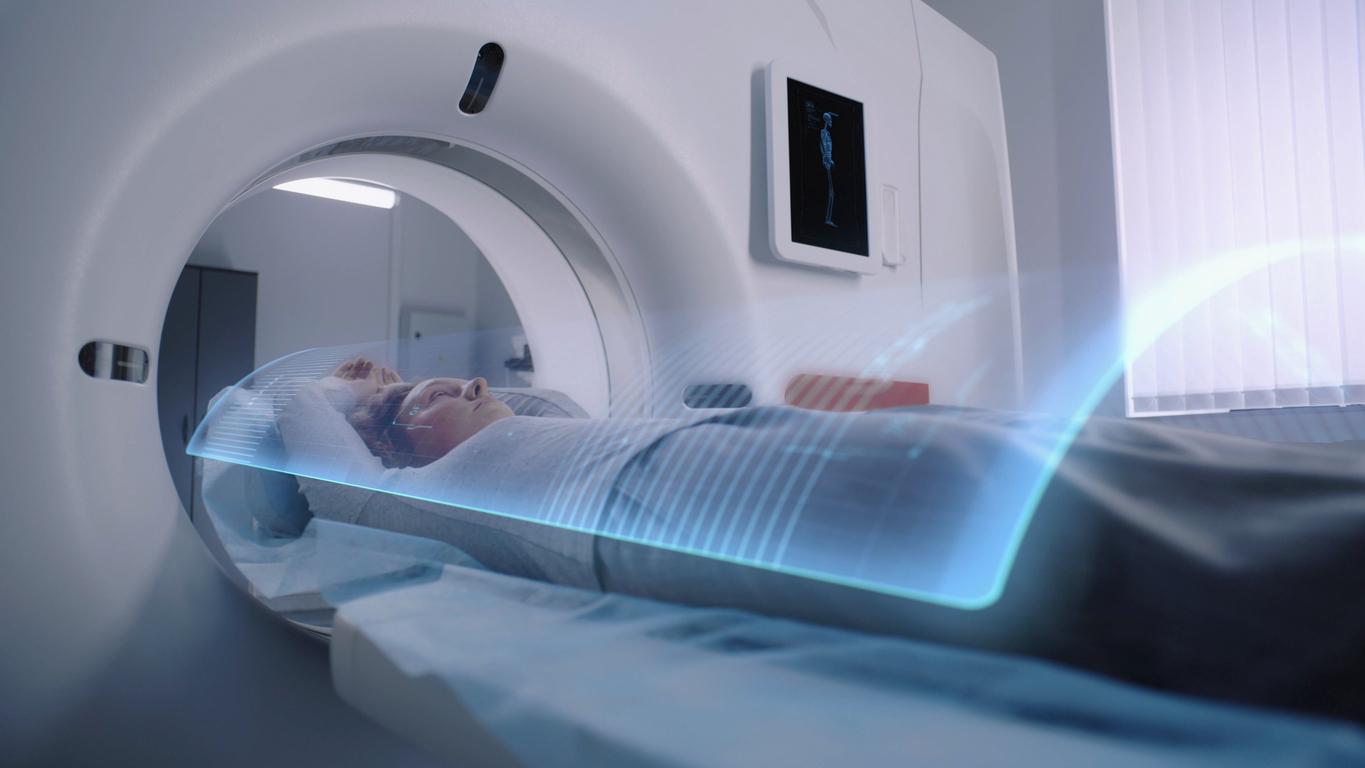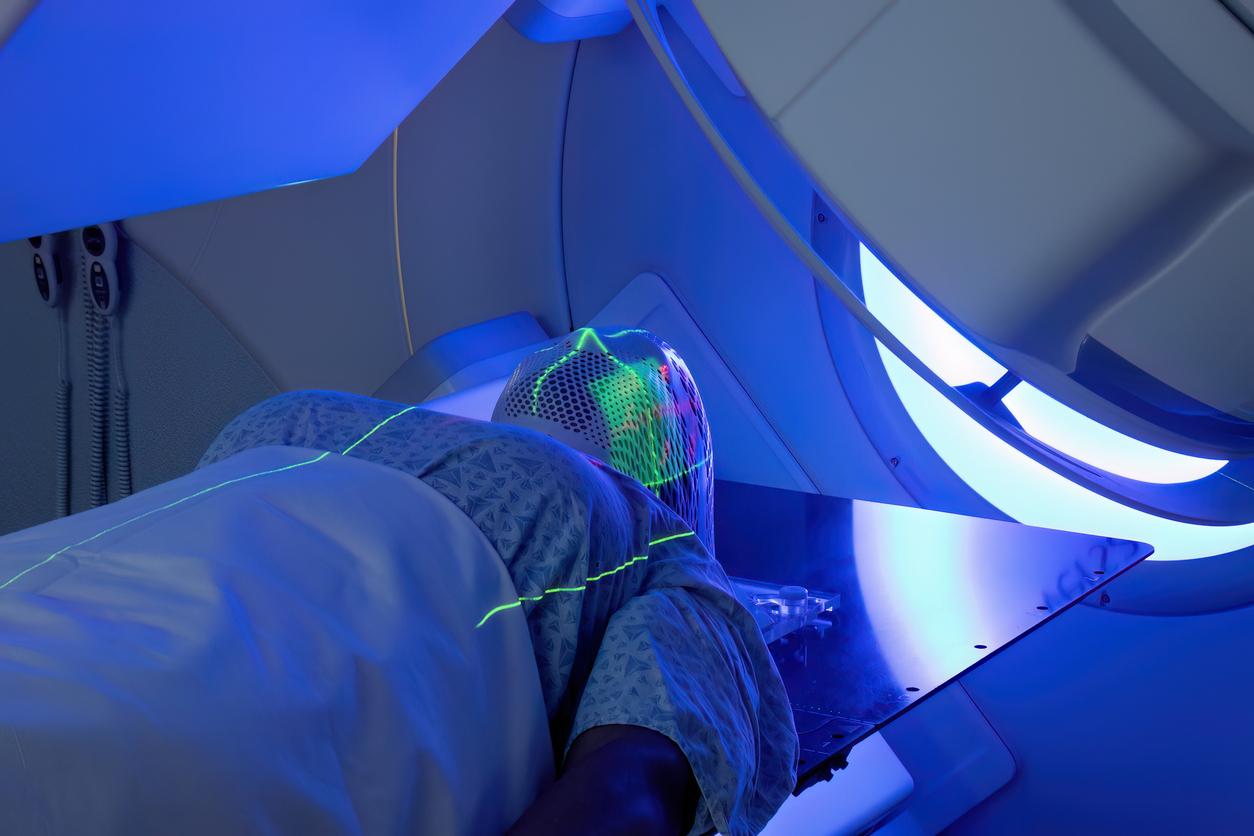Chlamydia causes a change in the cells of the reproductive tract that can lead to inflammation and cell growth that can contribute to an increased risk of ovarian and cervical cancer, and ectopic pregnancy.

- Chlamydia induces a particular type of change in cells of the reproductive tract known as the “epithelial to mesenchymal transition” (EMT).
- Persistence of EMT changes in combination with DNA damage caused after chlamydia infection is believed to be the cause of ovarian and cervical cancer risk.
- The shorter the duration of infection, the lower the risk of developing EMT changes.
Chlamydia is a bacterium responsible for genital or respiratory infections. It is one of the bacteria most often implicated in sexually transmitted infections (STIs). It could also increase the risk of cancer and ectopic pregnancy. This is suggested by a study conducted jointly by researchers from the University of Bristol and the University of Edinburgh and published on August 16 in the Journal of Infectious Diseases.
A change in the cells
Researchers believe that chlamydia induces a particular type of change in cells of the reproductive tract known as the “epithelial to mesenchymal transition” (EMT). This can lead to inflammation and cell growth and contribute to the development of the disease. “Chlamydia is a bacterial infection that stimulates EMT, which may persist after the chlamydia infection clearssays Dr. Paddy Horner, lead author of the study. We believe that the association of chlamydia with ovarian and cervical cancer could be explained by the persistence of EMT changes in combination with DNA damage caused after chlamydia infection..”
For the study, scientists reviewed evidence from laboratory studies, animal models and clinical studies on the role of chlamydia in diseases of the reproductive system. They found that EMT cells alter the integrity of the infected reproductive tract mucosa, making it more susceptible to invasion by other bacteria. This process increases the risk of pelvic inflammatory disease caused by these invading bacteria. “Also, epithelial (barrier) cells in the fallopian tube that have already been infected with chlamydia have more receptors on their surface, which is associated with an increased risk of ectopic pregnancy.continues Dr. Paddy Horner. There is evidence that these cell surface receptor changes could be caused by EMT.”
Identify women at risk
The researchers also point out that this mechanism would explain that the shorter the duration of infection, the lower the risk of developing EMT changes. “Later, this could lead to the development of new tests to identify women at increased risk of ovarian cancer and ectopic pregnancy and interventions that could reduce these risks.”, assures Paddy Horner.
More research is needed to confirm these results but the authors are confident that they can be confirmed. “The evidence in this review suggests that further research in this area would be fruitful and may have important benefits both for patients and in the prevention of chlamydia.”, they wrote.
.
















